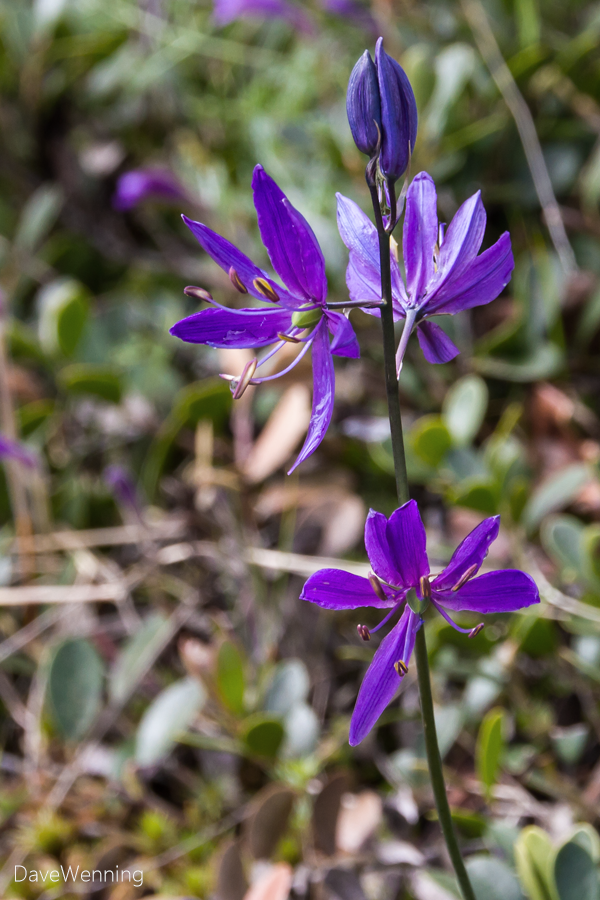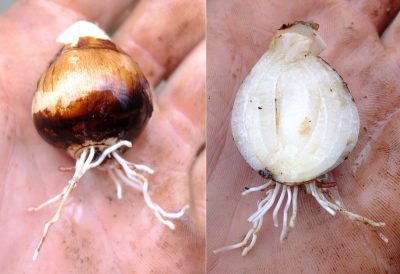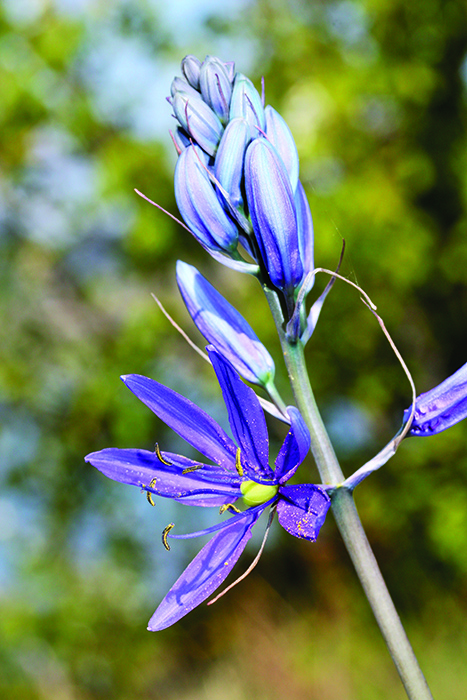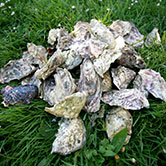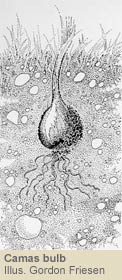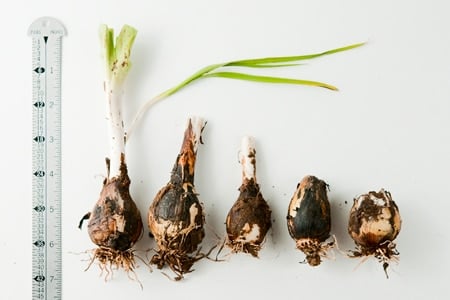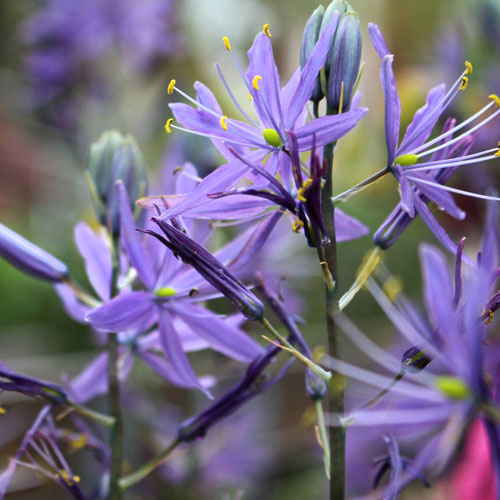Camas Bulbs First Nations

The range of this plant extends from southern b c.
Camas bulbs first nations. Camas patches were. We do not recommend harvesting or eating common camas. Look for it on rocky knolls that are near the sea. In the wake of european colonization camas lily cultivation and harvests were suppressed along with many other coast salish traditions.
Gatherers would venture out in early summer when the camas was in its capsule stage and could be distinguished from the similar looking but inedible death camas zigadenus venenosus. Camas is a wonderful form of starch because as you cook it the inulin breaks down so it is much easier on the body to digest than the potato. And modern gardeners appear to have a hunger for the natural beauty of this native species so rich in tradition and history with the people of the pacific northwest. Death camas is highly poisonous.
Camas patches were owned by families and passed from generation to generation. The first nations harvested both the bulbs of the common camas camassia quamash and great camas camassia leichtilinni. The bulbs were usually harvested in the late summer after flowering. They harvested the bulbs of both the common camas camassia quamash and great camas camassia leichtlinii but carefully avoided the poisonous white flowered death camas zigadenus venenosus.
It thrives in moist meadows prairies and grassy clearings. Camas bulbs are one of many root foods important to first nations in bc. Camas vancouver island bc photo by bud logan. First nations peoples consumed and traded camas bulbs.
In recent years however there has been a resurgence in camas awareness and education. Many traditional first nations languages had words for this local food but the chinook names camas or lecamas came to be the most popularly used. Death camas bulbs are very similar to common camas bulbs. The lekwungen harvested bulbs for their own food and traded large quantities with west coast nuu chah nulth people.
First nations people still gather and consume blue camas bulbs certainly more for their traditional and cultural nourishment than strictly for their carbohydrate content. Inulin is a starchy carbohydrate that breaks down in to sucrose or fructose when cooked cheryl spends a lot of time giving talks to both first nations and non native school groups about the links. Camas was not only a main source of carbohydrate for a family but the pit cooked bulb was also an integral part of indigenous trading culture. Each patch was carefully tended and dangerous or undesirable plants such as death camas were removed.
The bulbs of common camas were eaten by many first nations people. Until the 20 th century camas bulbs were an important part of the diet of indigenous peoples in the area and the second most traded item after salmon.
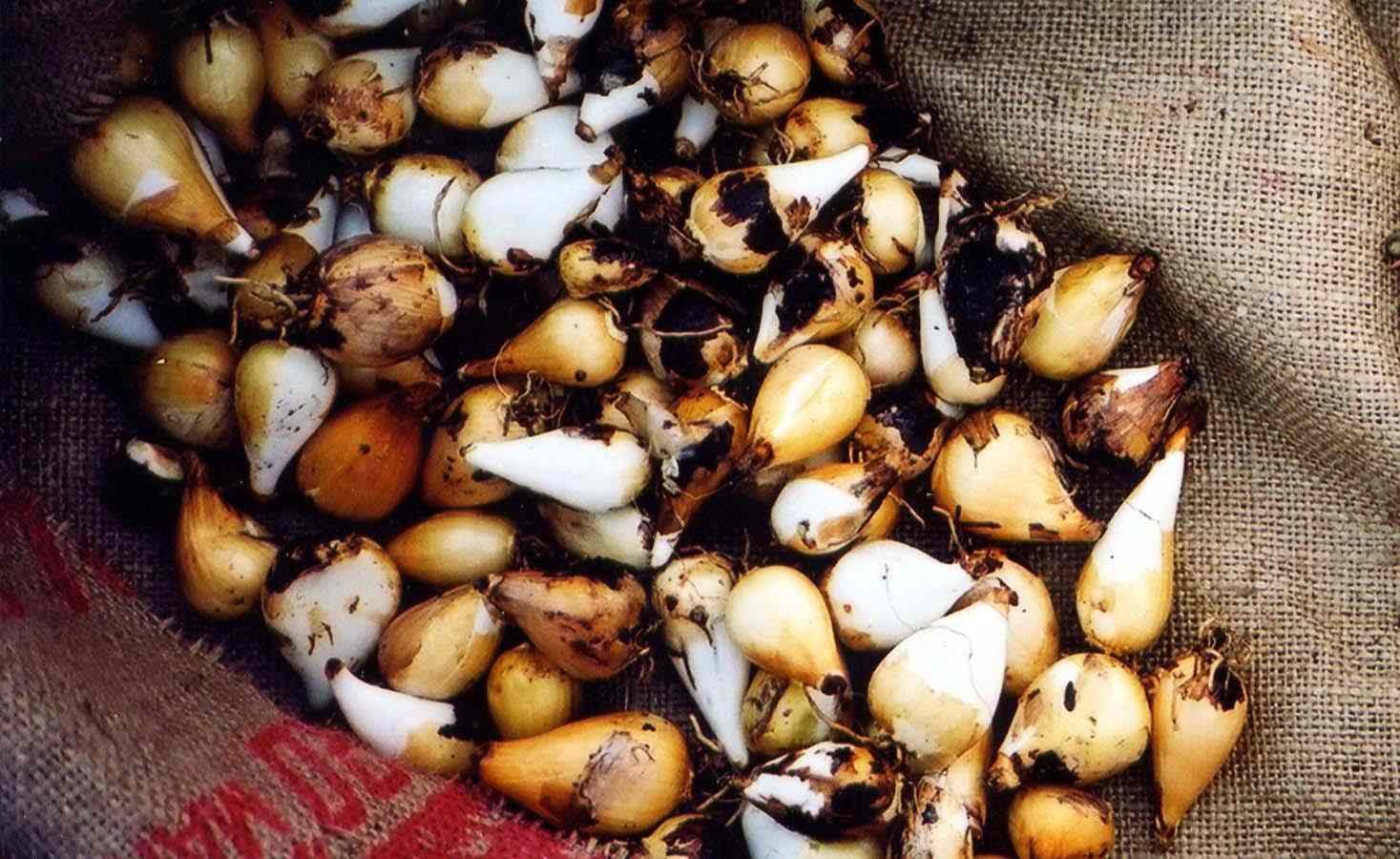
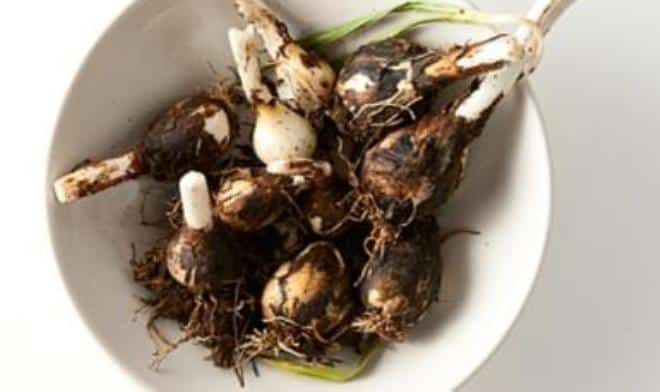

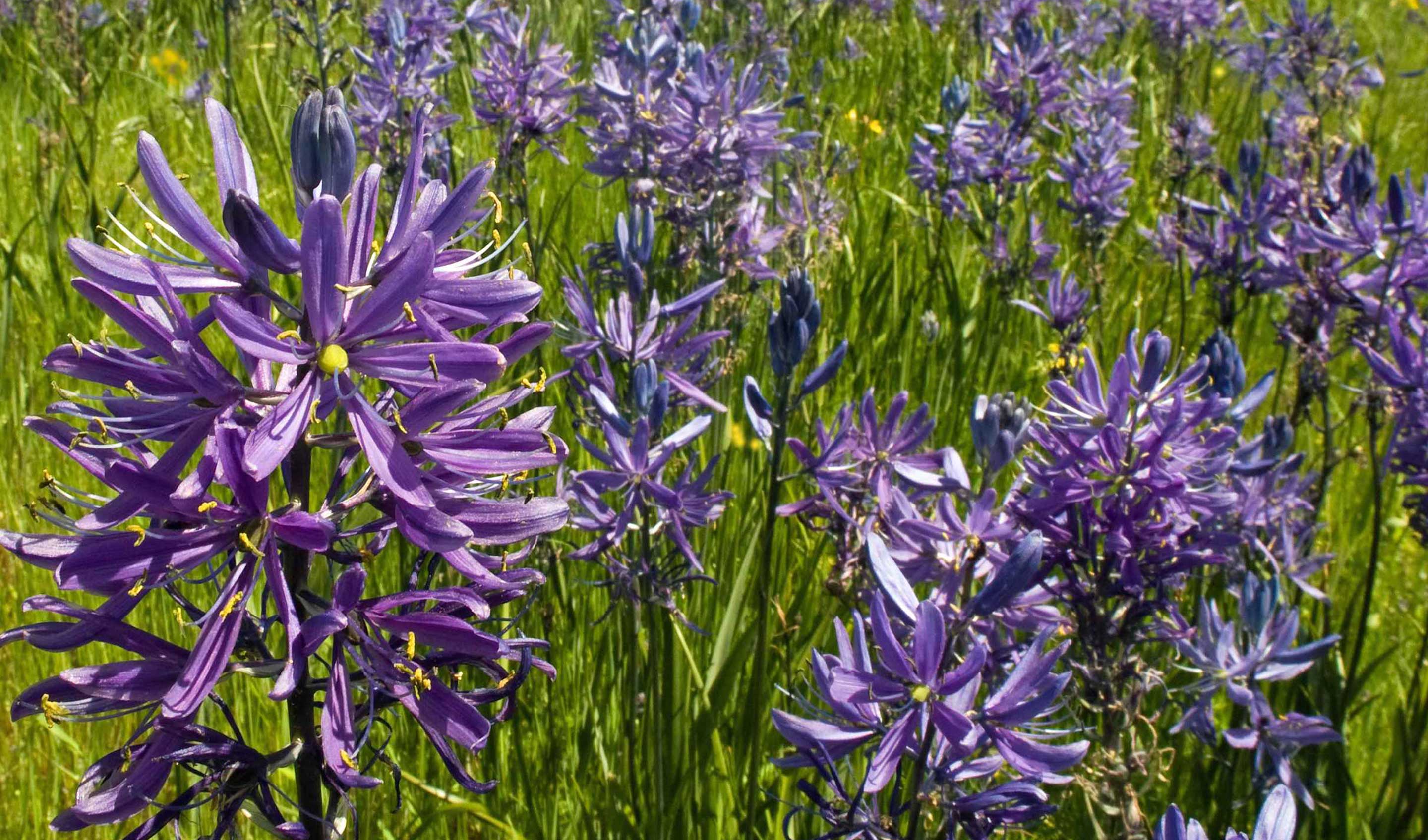
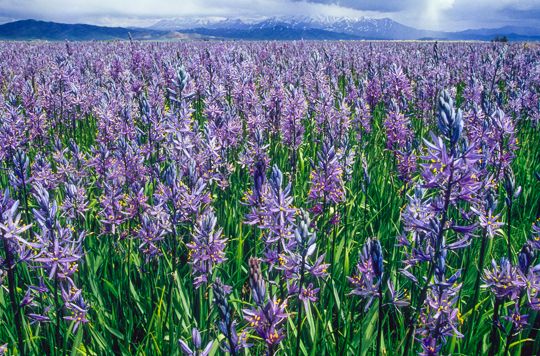




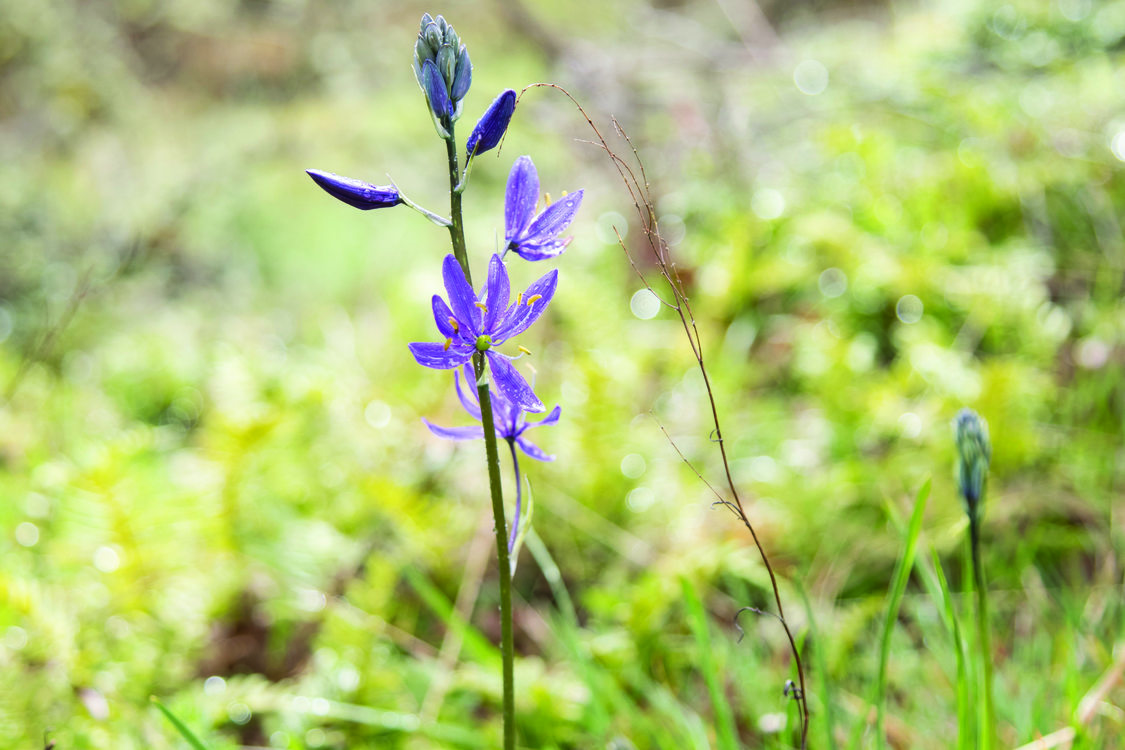
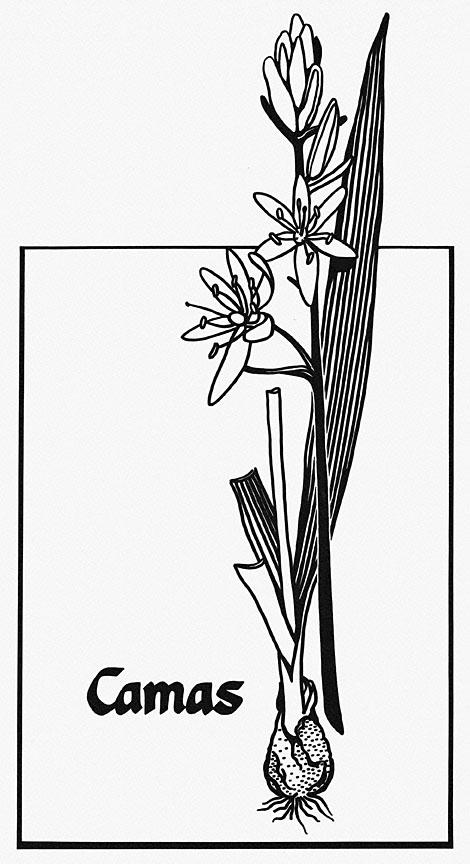

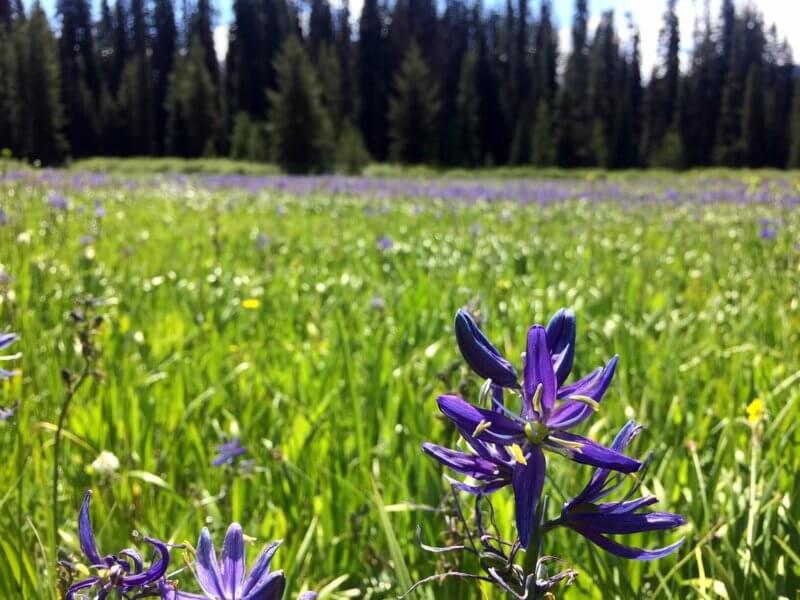
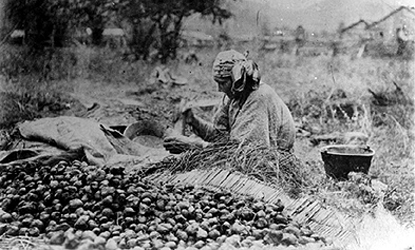


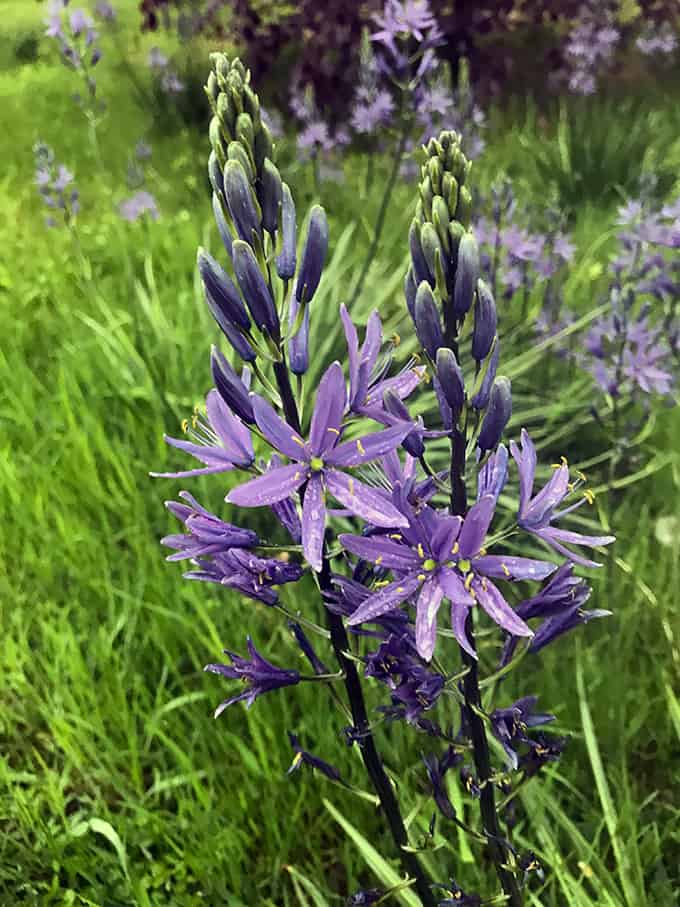
_1.jpg)

